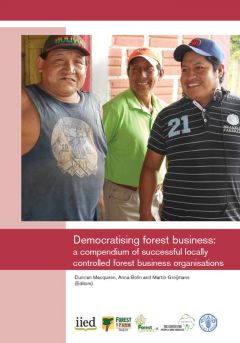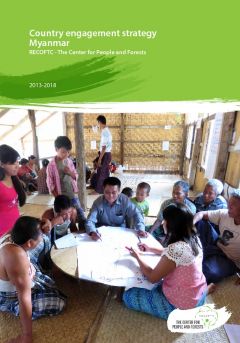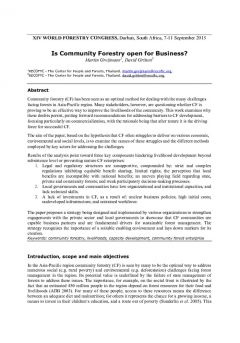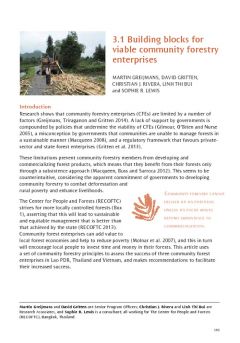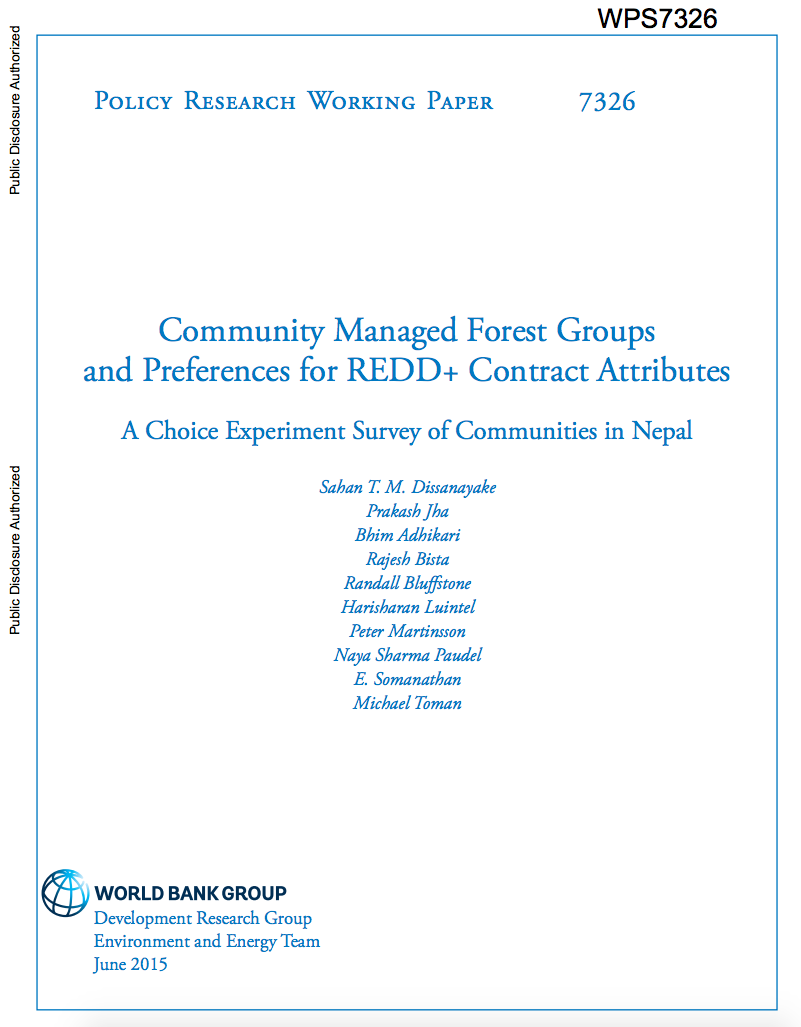Delivering Impacts for People and Forests in Asia: Annual report October 2013-September 2014
Building on a very successful previous strategic phase, RECOFTC’s new Strategic Plan (2013-2018) has completed its first year with many exciting outcomes. RECOFTC's Annual Report 2013-2014 highlights progress in our four thematic areas: Securing Community Forestry; Enhancing Livelihoods and Markets; People, Forests and Climate Change; and Transforming Forest Conflicts.




